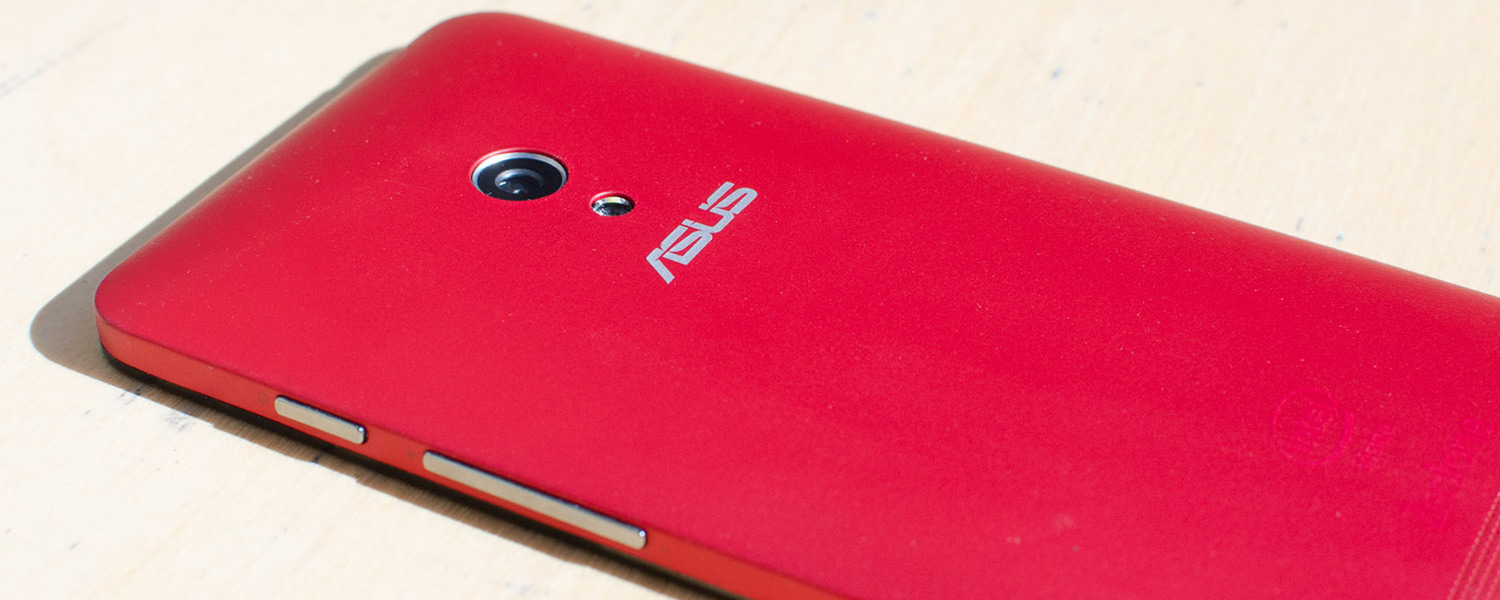Camera
While Asus hid their camera information in the MeMO Pad 7, it's plainly visible in the Zenfone 5. The rear sensor is a Sony IMX219PQ CMOS: a 1/4.0" BSI sensor with a resolution of 8-megapixels, equating to a pixel size of 1.12µm. It's paired with a 29mm-effective f/2.0 lens, which is surprisingly wide for an entry-level device.
The front-facing camera is a 2-megapixel 4:3 CMOS paired with an f/2.4 lens. This camera can't record at 1080p because it doesn't have a large enough active pixel area, however the rear facing camera does support 1080p, and also comes with an LED flash.
Like the vast majority of entry-level handsets, the camera is the main weakness, usually being a 'you get what you pay for' situation. Sony's IMX219PQ sensor is actually quite capable in good conditions, capturing vibrant colors with decent accuracy, but there are many areas where the Zenfone 5's camera falls below average.
While images can be good in strong lighting, dynamic range is weak, often leading to shadowed areas where you wouldn't expect them. Clarity is good, although in all but the absolute brightest conditions there are noticeable artefacts due to severe sharpening filters getting applied in post. The filter is so strong that it can look like an artistic Photoshop filter has been applied, especially when viewing 100% crops.
The main issue I have with the Zenfone 5's camera is poor performance in questionable conditions. Photos in bad lighting are mediocre from a number of angles, whether it's grain and a general loss of clarity, undersaturation, and odd white balance. The f/2.0 lens appears to do little to improve low light images, and that's likely down to a small pixel size in the sensor.
Many photos in indoor conditions either suffer from high ISO-related grain, or motion blur, depending on whether you enable the software image stabilizer or not. Hold the camera steady and you could get a half-decent shot, but it's far from guaranteed.
When the camera assesses that it's really dark, like you're shooting in a dark night-time environment with low visibility, a little owl icon will appear allowing you to enable night mode. Basically this just boosts the ISO and lowers the shutter speed slightly, giving the camera the tools to make dark images brighter. It has a similar effect to taking photos with a HTC One, and it can be useful even if it often produces subpar images.
The Zenfone 5 also has a HDR mode, but it produces some really strange results. I've seen exposure increased in the wrong areas, creating weird halos around bright regions such as windows. I've also seen HDR mode take two images that differ in exposure too much, combining to produce an image with far too low contrast and general undersaturation. I'd avoid using this mode.
For an entry-level device, though, the range of shooting modes rivals high-end devices. Time Rewind mode captures a burst shot of images before and after you press the shutter button, allowing you to choose the best shot after the fact. Two other modes, GIF Animation and Smart Remove, also use burst captures to either create animations or remove unwanted objects from a scene.
Miniature mode allows you to take tilt-shift images, making things look smaller than they really are. Like many flagship smartphones, the Zenfone 5 also comes with an artificial depth-of-field mode that attempts to blur the background out by taking a burst shot and estimating distances. In some cases the Depth of Field mode is effective, but there's no way to adjust the effect, and often it completely misses the mark and fails to properly assess the edges of objects.
The Zenfone 5 records 1080p/30 video in Baseline-profile H.264 at 18 Mbps, and the results are okay, but not fantastic. Quality is slightly worse than what you'd get from the still camera, and the audio capture is substandard.











